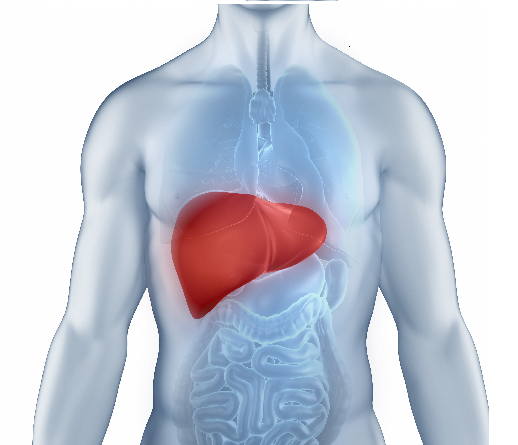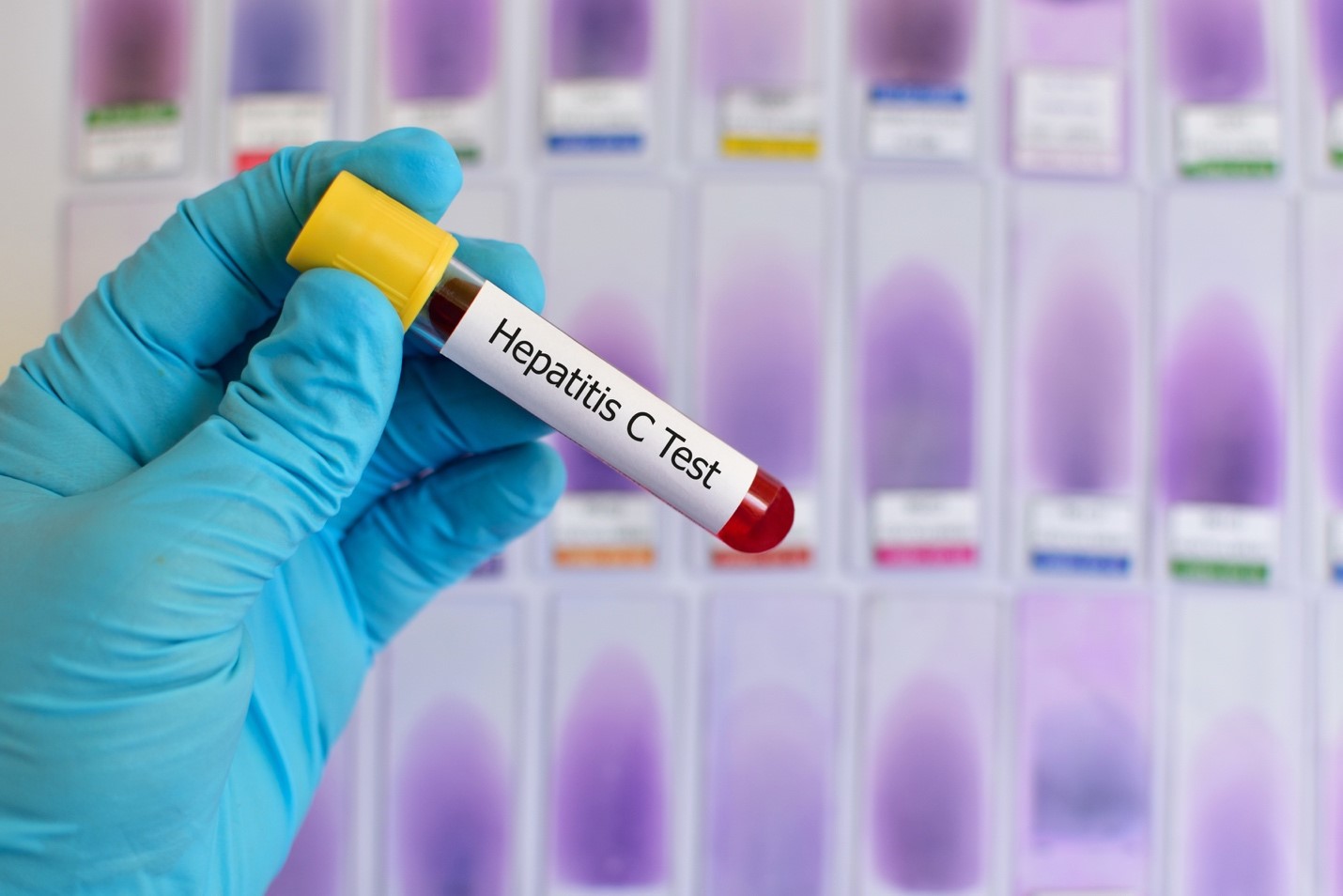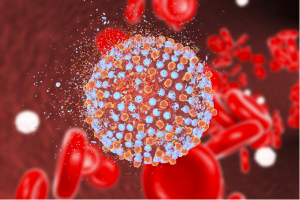What are the diseases caused in summer?

All of us are aware of the fact that some diseases are more prominent in certain seasons than others. For instance, cold, flu and cough are common diseases of winters, dengue and malaria of monsoon, and diarrhea of summers. Of these, the diseases of summers bring along a host of other health problems as well that range from simple ones like a headache, skin rashes, sun burns, etc. to severe ones like measles, jaundice, and more.
The months of May and June are usually the hottest in India. While, in some areas, the temperature rises as high as 51 degrees Celsius, there are many regions that experience moderate summers. No matter where one lives, some summer diseases are inevitable. However, as wisely quoted by a learned man, “prevention is better than cure.” You must take necessary preventive measures against summer diseases even if you think you are fit and healthy. Here, we enlist some common summer diseases that you must safeguard yourself against.
Food poisoning
The leading food poisoning causes is consumption of contaminated food or water. It spreads by bacteria, viruses, toxins, and chemicals which, post entering the human body, cause the onset of stomach pain, nausea, diarrhea or vomiting. Raw meat, food sold in the open by roadside vendors, and contaminated water are common carriers of disease causing microbes.
Heat Stroke
If on a hot summer day, you experience headache, drying of skin, cramps, weakness, vomit, increased heart rate, or shallow breathing, it’s quite possible you’re suffering from a heat stroke. The very first sign of heat stroke is dizziness which is usually followed by a bunch of other conditions such as nausea, seizures, etc. But when it turns severe, it usually leads to a condition of coma. To prevent heat stroke, doctors advise that one must overdo with clothes, which typically traps the body heat inside and causes problems. Additionally, staying in cooler areas helps avoid heat stroke conditions.
Sun Burns
Exposure to the sun for longer durations is not healthy for humans or animals due to penetration of UV rays in the body. People who encounter lower levels of melanin formation are even prone to skin cancer as it causes melanoma. During hot summer days when people are exposed to the sun for an extended period, their skin might turn red, dry, itchy and cracks may develop. Afterwards, the victim usually feels cold, experiencing chills, nausea, vomit, feverish and at times witness flu-like symptoms. If the skin cells burn too much, then blisters might appear on the skin and peeling of dried/dead skin at a later stage may occur. The best way to prevent sunburns is by using sunscreen with SPF 30 or higher and taking preventive measures to keep the moisture of skin intact.
Skin rashes
During summers, skin rash is a common skin problem amid children and adults. This typically happens when an individual sweats too much. The sweat accumulates in the clothes and constant rubbing or wearing the sweat laden clothes for a prolonged period causes itchiness and further leads to rash. Skin reddening, dryness, irritation are the visible signs of skin rash.
Chicken Pox
Chicken pox makes of one of the most common summer disease. It starts in the form of fluid filled, red and small rashes accompanied by fever as high as 102 Fahrenheit and ultimately turns into fluid-filled blisters which crust or chip over leaving marks on the skin. People who have diabetes, cancer, blood pressure problem, HIV, tuberculosis, on specific steroids, or those with a weak immune system are prone to chicken pox. Usually, the virus (Varicella-zoster) travels through droplets present in the environment exhibited by an infected person either during his/her sneezing or coughing spells. In many individuals the virus causing chicken pox also remains dormant in the body until it gets exponentially favourable weather conditions to propel again. Common symptoms of chickenpox include scabs, blisters, itchy skin, redness, high-grade fever, loss of appetite, and headache which usually lasts for more than a week or two.
Measles
Measles is yet another common summer disease. Also known as rubeola or morbilli, it’s more or less the same as chicken pox in the way it is transmitted. It usually infects the lining at the back of the throat. The paramyxo virus which causes measles breeds faster during the summers. Its initial symptoms are cough, high fever, sore throat, and reddening in eyes. At a later stage, the tiny white spots and measles rash appear all over the body. In most of the cases, it starts around the hairline and the face. As a preventive measure, it is usually recommended to get the MMR vaccination (Measles, Mumps and Rubella).
Jaundice
Jaundice is a common water-borne disease. It can be a result of Hepatitis A and is mainly caused due the consumption of contaminated food and water. Jaundice THAT spreads due to Hepatitis A is transmitted by the feces-oral route. It is when an uninfected person ingests food or water contaminated with the feces of an infected person. It can either be foodborne or waterborne. If not treated on time, this disease can affect the functionality of the liver leading to over production of bile. The visible symptoms include, yellow discoloration of the skin, mucous membranes and the whites of the eyes, light-colored stools, dark-colored urine and itchy skin.
Typhoid
One of the common diseases in summer is typhoid. Through the oral-fecal route it is passed on to the healthy individuals. It is also known as typhoid fever it is a water- borne disease. It spreads when the Salmonella typhi bacteria pass through the oral-fecal route. The contaminated food and water sources become the breeding ground for the bacteria leads to the outbreak when consumed. Visible symptoms of typhoid are: weakness, loss of appetite, fatigue, pain in the abdomen, high fever. As a preventive measure vaccination is done to protect typhoid. During vaccination the weakened bacterium is injected in the form of medicine or a pill so as to build the immunity against it.
Mumps
Of all summer diseases mumps is another extremely contagious viral disease. As a summer diseases in India it occurs mainly in children during peak summer time. It is contagious in nature and gets transmitted when an infected person coughs or sneezes. Some of the visible symptoms are: swelled salivary gland, muscle ache, fever, headache, loss of appetite and weakness. To prevent the doctor recommends the MMR (Measles, Mumps and Rubella) vaccine during treatment.
Summer Diseases and Prevention
The primary reason behind the outbreak of diseases in summer is the presence of favorable weather conditions for bacteria, virus and other parasites to breed. Here is the list highlighting the best summer health tips to immune oneself from diseases in summer.
- Try to avoid activities outside the home during peak sun hours.
- Avoid exposure to direct sunlight and crowded areas.
- Increase water or liquid intake so as to prevent dehydration.
- Use sunscreen with a higher SPF to prevent skin damage.
- Avoid roadside food or contaminated water.
- Increase the consumption of fruits and vegetable.
- Wear wide-brimmed hats to avoid the direct exposure to the sun.
- Prefer light-colored, loose clothing as dark colors absorb heat.
- Keep your premises healthy and clean.
Summer is a beautiful time to enjoy vacations and spend time with family, friends, making memories only if you are healthy. All that you need to do to stay fit is the little awareness and few precautions to enjoy the good times.












